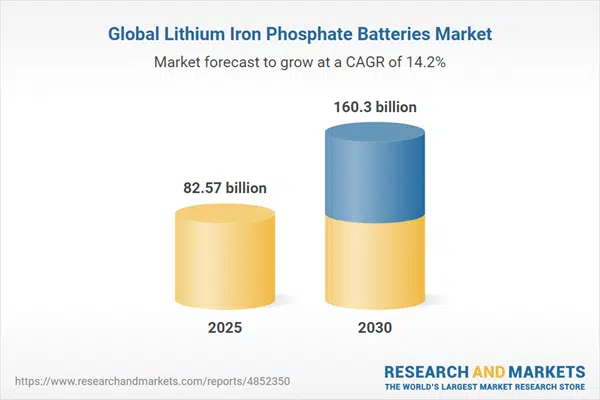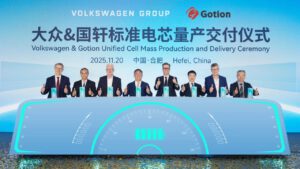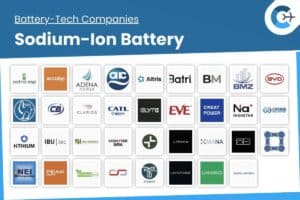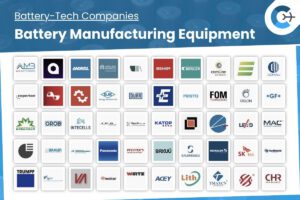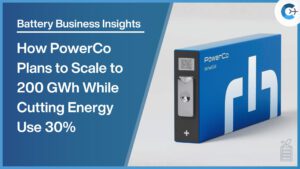A new market research report forecasts the global lithium iron phosphate (LFP) battery industry to expand from an estimated USD 82.57 billion in 2025 to USD 160.30 billion by 2030, reflecting a compound annual growth rate of 14.2 percent. This growth is driven primarily by rising demand for battery-powered material-handling equipment and growing adoption of LFP batteries by leading electric vehicle manufacturers.
The automotive sector is expected to remain the largest end-use market for LFP batteries. Vehicle makers are increasingly selecting LFP chemistries due to their lower cost profiles, enhanced safety characteristics, and thermal stability. LFP batteries eliminate reliance on cobalt and nickel, helping to mitigate supply chain risks and manage raw-material costs. Their long cycle life and resistance to overheating also support durability and reduced maintenance, attributes that appeal to both individual consumers and commercial fleet operators. In parallel, global emissions regulations and incentives for zero-emission transportation continue to bolster electric vehicle uptake.
Across applications, the portable segment leads as the primary use case for LFP cells. Consumer electronics, power tools, medical devices, and off-grid power systems benefit from LFP batteries’ high cycle life, stable performance, and safety advantages. Urbanization trends and rising demand for reliable backup power in emerging markets further reinforce this segment’s dominance.
Regionally, Asia Pacific retains the top market share, supported by large-scale production facilities and strong domestic demand. Europe stands as the second-largest market, underpinned by stringent emission standards, robust incentives for electric mobility, and investments in localized battery manufacturing. Manufacturers are expanding gigafactory capacities and enhancing R&D efforts to address evolving performance requirements and cost targets.
Key industry participants such as BYD, Contemporary Amperex Technology Co., Limited (CATL), Gotion, CALB, and A123 Systems are investing heavily in technological innovation and production scale-up. The transition from conventional power systems to scalable energy storage—and the global push to expand renewable energy capacity—present significant opportunities for LFP battery deployment across transportation, grid storage, and consumer segments.
Source: GlobeNewswire

